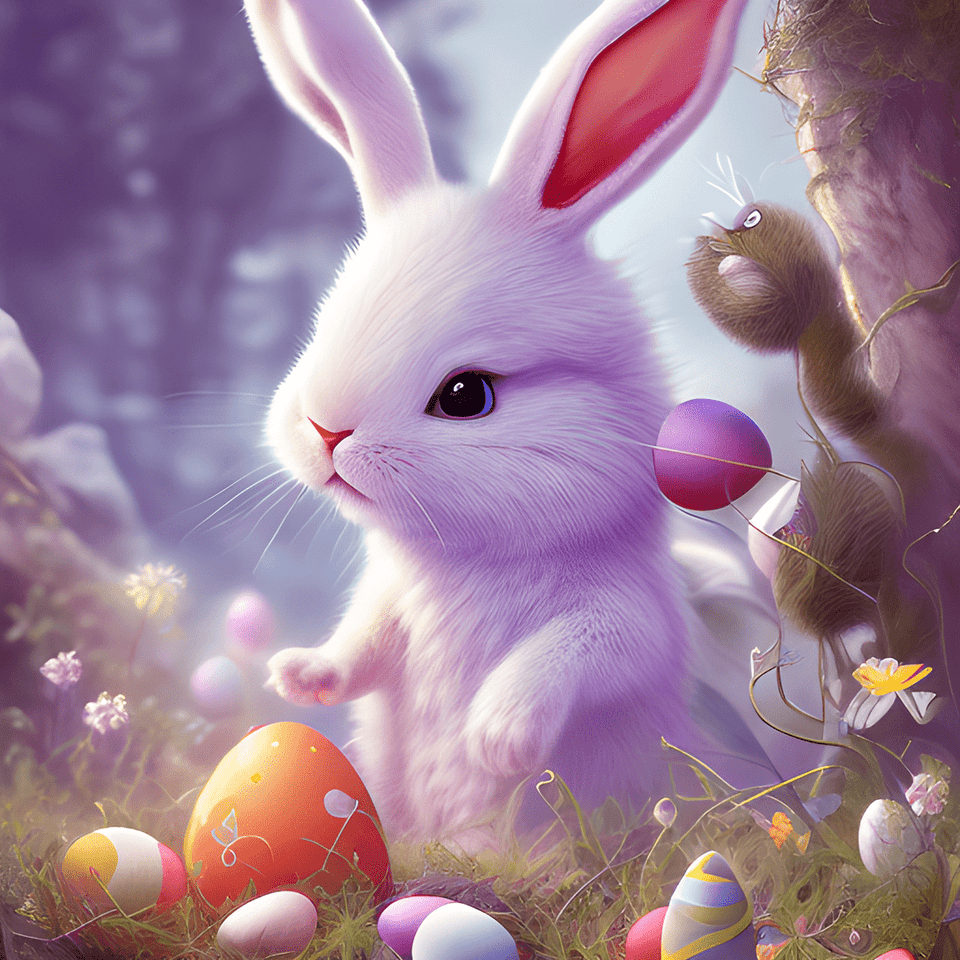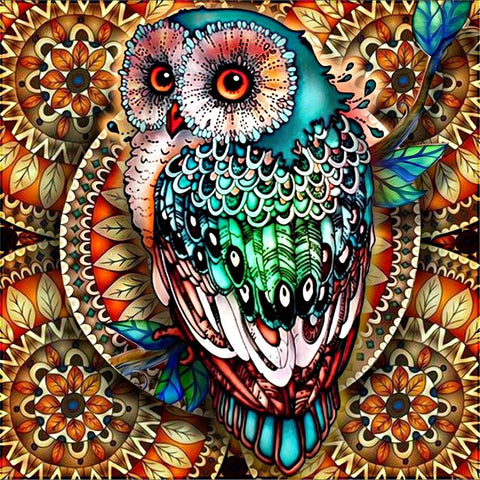Cross Stitch for Beginners
Getting Started With Cross Stitch – A Complete Guide for Beginners
Having an arts and crafts hobby will keep you entertained for hours while fulfilling your need to be creative. Cross stitch is a relaxing way to bring out your creativity flairs and it’s a hobby anyone can take on, from young to old. While it may seem complex to begin with, you can start with simple patterns before tackling more complicated designs.
If you’re exploring cross stitch and want to learn how to go about it doing it, our complete guide will help get you started. Read on to discover the basics of embroidery and cross stitch ,what tools and materials you need in your kit. Our step-by-step guide to learning how to cross stitch plus tips will have you loving this hobby in no time at all!
What is Cross Stitch?
If you’re familiar with the sight of your grandmother or mother, sitting quietly embroidering pretty pictures on pieces of fabric, they probably were cross stitching. Cross stitch has been a popular pastime for many years and is a craft used in various countries around the world, including Australia.
Cross stitch is a form of counted-tread embroidery which refers to the art of stitching thread into fabric or canvas. This popular form of sewing entails the stitcher making x-shaped stitches to create a picture.
The pictures are often designs that have been stamped onto a piece of countable fabric. The weave of this type of fabric is made up of visible grids of little squares. Holes are placed in the corners of each square for the needle to thread through while stitching. The most common types of fabric used for cross stitching include linen, even weave materials such as jobelan and aida cloth.
What is Counted Cross Stitch?
When beginning with this embroidery craft, you’ll hear about counted cross stitch and you may be wondering what it is. Counted cross stitch differs from cross stitching done on stamped designs. Instead, it uses a chart to guide you in creating a design on gridded fabric.
The chart has a key which tells you which colour thread should be used on the chart to create your design. The key also includes information such as:
- How many thread strands to use for the cross stitch and backstitch.
- Whether there are other stitches in the design such as French Knots.
- The stitch count of the design.
- The size of the design when completed.
When starting to learn how to cross stitch, always pick charts that are designed specifically for beginners.
Is Cross Stitch the Same as NeedlePoint?
Needlepoint is similar to cross stitch in that it uses needles to stitch thread into fabric. However, the difference lies in the thread, the type of fabric used and the stitching techniques. Needlepoint is a handcraft that uses stiffer, mesh-like canvas compared to the softer fabrics used for cross stitch.
Needlepoint uses threads that’s stronger and an example of this would be wool. This type of thread is able to withstand the stiff mesh weave. Cross stitchers will use a softer thread also known as “embroidery floss” and is mostly made with 100% cotton comprised of six strands.
The stitching technique highlights the difference of these two forms of embroidery. Needlepoint uses diagonal stitching also known as tent stitches. Cross stitch entails making uniform, x-shaped stitches. Cross stitch becomes variable based on colours used and the thickness of the stitch.
Step-by Step Guide: Getting Started With Cross Stitch
When getting started with cross stitch, you want to have everything on hand so you can relax and start crafting. This includes having the right tools and materials for cross stitching.
Step 1: Tools and Materials
Use this checklist to help you source the right tools and materials for your first cross stitch project:
- Fabric: It’s recommended to start with Aida cloth which has been specifically made for cross stitch. It comes in a number of counts which is indicated on the label by the number of holes per inch. For beginners, look for 14-count Aida cloth.
- Needles: Have a selection of “crewel” and “tapestry” needles in your cross stitch kit. The sharper crewel needle is ideal for producing finer details. The tapestry needle has a rounded point and works well with Aida fabric. This is the best needle type for beginners.
- Threads: Look for embroidery floss as this is the preferred thread for cross stitch work. It’s made up of six strands and depending on the design you’re working on you may only use two or four strands. Embroidery floss is available in over 500 colours.
- Embroidery hoops: While not an absolute necessity, these hoops do help to keep the fabric taut while stitching. This makes embroidery easier to do especially for beginners.
- Scissors: Add a pair of fine embroidery scissors to your cross stitch kit. These scissors are designed to handle finer work, letting you get close to the design when cutting thread. These are extremely sharp tools so handle with care!
- Cross stitch patterns: You can get creative with the huge variety of patterns available for cross stitch work. Decide if you’re going to use a stamped design or start with a chart. In both cases, ensure you pick cross stitch patterns designed for newcomers to the art.
Most embroidery stores will have the tools and materials you need to start cross stitching. You can also source these supplies from online craft stores.
Cross Stitch Kits
A beginner’s embroidery kit is a good place to start and you’ll never run short of designs to embroider. These kits are handy in that everything you need to get started is included in the pack. Embroidery kit are designed to match different skill levels so make sure you pick one for beginners.
These embroidery kits offer a range of patterns from flowers to landscapes, animals to coastal scenes and more. The more experienced you become as a cross stitcher, the more adventurous you can get with your designs. If you’re committed to mastering the art of cross stitch, you’ll reach the stage when you can start designing your own patterns.
When looking for cross stitch kits Australia based embroidery and craft stores will have a number of packs to pick from depending on your abilities and personal preferences. You can also source a cross Embroidery kit Australia online craft stores have available for embroiders, locally and internationally.
Step 2: Start With a Beginner’s Pattern
When picking a pattern, choose one that’s designed for beginners. These patterns require using only whole stitches and perhaps some backstitches. The design shouldn’t include fractional stitches. Pick a pattern that isn’t too large and has minimal detail. This way, you can complete your first cross stitch work easily while seeing the result soon which should encourage you to continue the hobby.
Step 3: Get Comfortable
Once you have all your supplies and pattern, you can start stitching! It helps to be comfortable when cross stitching so make sure your seat is comfy and you have good lighting. Have a small table next to your chair so you can access all your tools and materials as you work. It helps to have no distractions when starting with cross stitch work so pick a time when you know you won’t be disturbed.
Step 4: Find the Centre
Always start from the centre of your design. While it’s tempting to work from the outside inwards, this isn’t recommended for cross stitch patterns. The reason for starting in the middle is to keep your focus on the overall pattern. This way, your design will always remain centred.
If the centre isn’t marked on your pattern, find it by folding the fabric horizontally and then vertically. Press over the folds before opening the fabric again. The middle point of the crease lines is your centre.
Step 5: Start Stitching
Start stitching by bringing your needle up from the bottom left corner of the square. Bring it down through the top right corner. Repeat the same motions on the opposite corners. You want to create a x-shaped stitch. Make sure you have a long piece of thread for catching under the stitches. This can be secured in place as you work.
Leave a minimum length of thread, approximately 4cm at the back of the fabric. These loose threads can be secured in nearby stitches before trimming with embroidery scissors. Always complete the cross stitch before doing any backstitch or French knots on the design.
10 Quick Tips for Cross Stitch Beginners
When learning any new craft, there are always tricks of the trade to help you succeed. These ten quick tips won’t only get you started as a cross stitch beginner but also encourage you to expand your creativity and interest in the hobby.
1. Be Patient
It takes time to learn a new skill and the same applies to cross stitching. You need to be patient and take it slowly as you master the different patterns and stitches. If you’re too hasty during your first attempts, you’ll be disappointed with the end result and give up on cross stitch as a hobby. Your first project could take anything up to two hours, depending on how simple or complex the pattern is.
2. Use the Waste Knot Method
If the thought of leaving a long thread tail seems complicated when you start your first cross stitch, use the waste knot method. Thread your needle with two strands of thread. Tie a knot at the opposite end. Thread the needle through the top of the fabric on the outside of the design and pull through.
The knot will hold the thread in place while you pull the needle up through the first hole in the centre. The knot keeps the thread secure and can be snipped off at the end.
3. Start With Aida Cloth
For your first cross stitch project, select 14-count Aida fabric. This is a stiffer material to work with, giving you an easier surface and weave to work with. The holes are well-defined in the fabric, making it simpler to see where you need to stitch. With more experience, you can switch over to other fabrics such as linen or jobelan.
4. Get Your Thread Right
Most times, you only need to start with two strands of embroidery floss when using Aida fabric for the first time. This makes it easier for beginners. All you have to do is split two strands away from the six strand thread and put together before threading through the needle. Start with a tapestry needle for your first project.
Cut your thread pieces before you start stitching. These should measure approximately 40cm in length or from the tip of your fingers to your elbow. Cross stitch kits often include pre-cut strands, saving you the hassle of doing it yourself!
5. Go Lightly With the Needle
When pulling the needle through the fabric, go lightly. If you pull the needle too tight as you stitch, you’ll end up with a flat design while the fabric will also look too taut. Work with a lighter tension. By threading gently with the needle, the stitch will have more texture and the aida fabric will be even in appearance.
6. Use Natural Lighting
When stitching, work in a space that brings in a lot of natural lighting. This minimises eye strain and helps you to see the holes and stitches clearly. However, if you’re working at night time, make sure you use a good lamp that offers ample lighting. A reading light attached nearby or even on the actual embroidery hoop works well.
7. Use Higher Counts for Contrasting Colours
If you’re working with contrasting colours opt for aida material with 16-count or higher. This prevents the aida fabric showing through the design and dominating the overall appearance. You’ll end up losing the pattern when this happens. Higher counts mean you have more compact stitches and less fabric showing through.
8. Use an Embroidery Hoop the Right Way
Using an embroidery hoop is essential for first-timers to cross stitch. They help you to keep the fabric in place while stitching. When laying the fabric into the hoop, ensure its centre aligns with the middle of the hoop. Pull the fabric gently while tightening the screws of the hoop but avoid making the material too tight as this will distort the weave.
9. Keep Your Cross Stitch Kit in One Place
Being organised goes a long way to keeping your cross stitch tools and materials tidy and accessible. Use a bag or box to store all your items in one place and only use them for your cross stitching projects. This way, you don’t need to go searching for misplaced items the next time you want to do some cross stitch work.
10. Sign Up for a Cross Stitching Workshop
If you’re nervous about starting cross stitch on your own, consider signing up for a workshop. This way, you can work with an expert who can show you how to begin while sharing various tips and tricks to getting you started. When buying cross stitch kits Aus suppliers can point you in the right direction to finding a workshop. There are also a number of online videos you can watch to get you started as a cross stitcher.
Final Thoughts
Cross stitch is a creative pastime that is relaxing and fulfilling at the same time. While it takes a bit of practice initially, once you get the hang of it you’ll find the craft easy. Cross stitch requires few tools and materials which are all easily accessible in most embroidery and craft stores. It can be done anywhere, at any time. You can create beautifully crafted pieces to give away as gifts or use in your own home.
By using this step-by-step guide and quick tips, getting started with cross stitch as a beginner is simple. Become part of the cross stitch crowd who enjoy creating beautiful designs with this peaceful art form. What are you waiting for?







0 comments